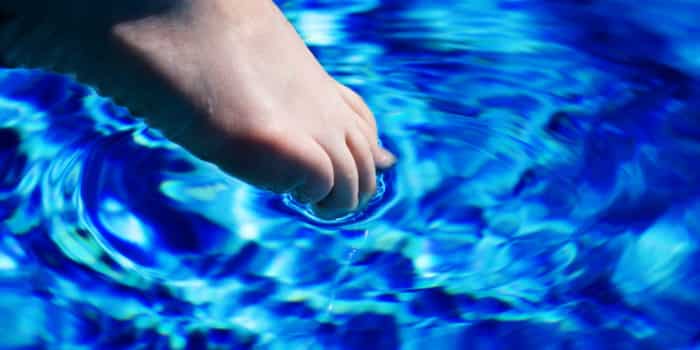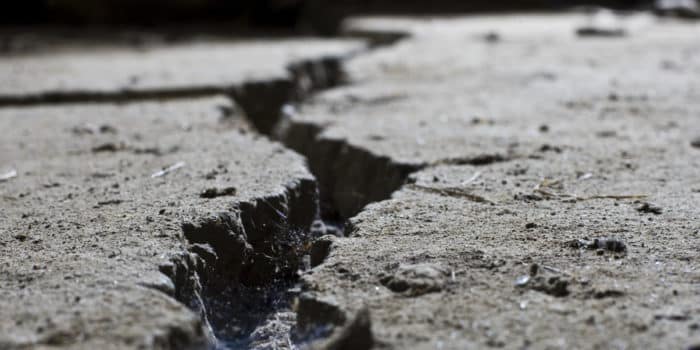The opportunities lie ahead in the broader Eurasia region as the brain-drain from Russia continues.
Following the developments in Ukraine, Milltrust has re-focused its Russia Fund to the broader Eurasia region with less emphasis on Russia. The Milltrust Eurasia Fund will be managed by the specialist team at Halcyon which has been managing money in Russia and the wider region since 2003. Halcyon’s co-CIO, Tim McCarthy discusses below the opportunity, strategy and outlook for the Milltrust Eurasia mandate.
Opportunity – Survival requires adapting to what we cannot control, while generating alpha requires optimizing what we can control. In the current situation, the most compelling adaptation to the new reality is re-focusing the Fund on the broad Eurasia region with less emphasis on Russia. This does not imply selling Russian positions at current deep discounts, but it does mean that there will be no new top-down allocations to overall Russian exposure and that any excess liquidity will be deployed to the broader region. Ukraine, with the support of the international community, will likely recover from this crisis long before Russia does, while Russia suffers under sanctions and remains branded a pariah state for many years to come. The Ukrainian economy is in critical condition and it is too early to make a thorough assessment of the economic impact of the ongoing war, but it seems likely that the international community will come to Ukraine’s assistance with huge sums of capital, possibly multiples of its GDP in size. Ukraine’s GDP is likely to decline by 35% to 45% in 2022, and this will push its sovereign debt to GDP ratio from 50% to 90%. But historically, post-war economic growth has been exceptionally high in many countries and not just due to the low base effect. To consider the likely future post-war situation in Ukraine, it is useful to look at West Germany after WWII. Under the Marshall Plan, W. Germany’s GDP grew at an annual rate above 9% from 1950 to 1957. US aid under the Marshall Plan was just over $13 billion to the whole European area, with $1.3 billion going to Germany, which is approximately $15.5 bn on an inflation adjusted basis, and much less than the likely hundreds of billions of dollars to be contributed to Ukraine’s reconstruction from the international community. During this period, Germany also benefited from lower geopolitical risks and lower trade barriers due to joining NATO in 1955 and the EEC in 1958. Ukraine could potentially follow the post WWII path of West Germany. It was already moving in that direction and now, after being attacked by Russia, there is much more support and sympathy from EU member states and NATO members. We also know that the US Marshall Plan for the reconstruction of Europe was not purely altruistic or just about helping Europe, the US benefitted greatly by providing the tools, machinery, and resources to rebuild its largest trading partner. In much the same way, the US and Europe will be incentivized to support Ukraine’s reconstruction.
Strategy – One of Russia’s most precious natural resources is neither mineral, nor hydrocarbon, but human. The human intellectual capital of Russia remains immense, with its vast educational infrastructure and long-history of advanced pedagogy in maths and sciences. Unfortunately, the most well educated, intelligent, and mobile Russian people are leaving Russia en-mass. And, it’s not only the well-educated but also the cultural icons, celebrities, artists, and athletes. People who don’t want to be persecuted in Russia for not supporting the war and/or protesting against it. One useful guide for investment strategy is to follow the Russian diaspora. We have heard estimates of emigration out of Russia since the war started of between 1 and 4 million, but we think the number is closer to 1 million based on anecdotal evidence. For example, according to an article in the Washington Post on May 1st (https://www.washingtonpost.com/world/2022/05/01/russia-tech-exodus-ukraine-war/), “the Russian Association for Electronic Communications told the lower house of Russia’s parliament last month that 50,000 to 70,000 tech workers have fled the country, with 100,000 more expected to leave over the next month — for a total of about 10 percent of the sector’s workforce”. This migration of some of the most intelligent and well-educated Russians will likely make a positive impact on the economies of their destinations, while creating a negative impact on the Russian economy. So where did they go? Generally, they went to locations where there has been a historical Russian diaspora, which can welcome and ease the transition. Many Russians have fled to former soviet states Georgia, Armenia, Azerbaijan, Kazakhstan, and Uzbekistan, or more expensive locations including Turkey, Cyprus, UAE and the Baltics. Tblisi, for example, has seen rental rates double or triple over the past few months and cafes are packed with young Russians with laptops working from ‘home.’ Georgia’s real estate, services sector, and financial system will likely be a major beneficiary of this migration wave.
Outlook – For Ukraine, Europe and the US, the benefits of creative destruction from this war will be derived from a “Marshall Plan” style reconstruction. There is also the need to feed the world and protect the poor from rapidly rising food prices, which could lead to famine. Support from the international community does not require altruistic behavior as there are clear mutual benefits, although the situation does open people’s hearts as much as their wallets. Given the massive amounts of financial aid and assistance from the international community flowing into Ukraine, the recovery for Ukraine looks all but assured once the war stops. As mentioned above, the size of international support for the reconstruction effort could be multiples of Ukraine’s GDP. It may also be supplemented with the more than $300 billion in Russian Central Bank reserves that were seized by the Fed, ECB, BOE, and BOJ. If this becomes reality then Ukraine’s sovereign bonds, trading in the 30’s-50’s probably have a much brighter post-war future. Ukrainian agricultural producers will probably have very cheap financing from multilateral organizations like the UN’s World Food Program, or other interested parties, which will help resolve the logistical problems involved in Ukrainian food exports that can feed 600 million people.
For Russia, not all is lost, but portfolio investors will likely require a longer-term perspective. There have been some improvements in the news-flow, with the recent government decision to approve 17 out of 19 extension requests for ADR/GDR programs, meaning that foreign investors may still have a chance to sell ADRs/GDRs outside Russia, rather than having them forcibly converted into local shares held on restricted “S accounts”, from which the proceeds cannot be repatriated. The ruble has regained strength after its initial plunge in March and it is now actually 18% stronger YTD, due to the capital and currency control laws, a lack of imports, and continued exports. But this can easily unwind if there is an embargo or gradual decline in exports. The Moscow Exchange is expected to allow trading in S-accounts (frozen non-resident assets) soon. There will supposedly be a separate market for residents and foreigners, although given the 50% to 70% lower prices in the foreign market compared to the resident market, we expect certain investors with one leg on each side to arbitrage this inefficiency, thus creating liquidity and potential appreciation of foreign held S account positions. Consensus estimates of Russian exports are -10% in 2022, and is likely to be revised further downward. Consensus Russian GDP for 2022 is currently -10%, although Sberbank just improved its GDP forecast from -13% to -8% in its base-case scenario. These estimates may be close for 2022, but the real impact of sanctions will be cumulative and felt much more in 2023. If the war doesn’t end soon, Russia will be increasingly more isolated from former trading partners and the economic influence of the EU and US on remaining trading partners may overwhelm the ideological bonds that have enabled China and India to maintain relations with Russia.
After so much bloodshed, it now seems that the opportunity for diplomacy with the West has passed, there may be no diplomatic off-ramp, but there is always hope. China or India could step-in and become a mediator. It is likely that Russian domestic media will positively spin victory on the objective of securing the East of Ukraine with a land-bridge and water supply to Crimea. Externally, there has been no progress with peace negotiations, but there was recently a statement from President Zelensky that he is ready for a dialog directly with President Putin, although. he also said Ukraine will never accept independence of Donbass republics and Crimea as part of Russia, which significantly limits the scope of negotiations. But, never accepting this reality is different from using military force to recapture it, so it is conceivable that Ukraine may stop fighting and possibly negotiate a ceasefire, with no peace agreement, which would result in the frozen conflict of our base-case scenario. Henry Kissinger recently made a suggestion that Ukraine should surrender territory in exchange for peace, which was quickly dismissed by Ukraine. He suggested a “status quo ante” to bring borders back to the pre-invasion status, in which Russia occupied Crimea and de facto controlled Luhansk and Donetsk. In the meantime, the US has passed a $40 bn aid package to support Ukraine, much of which will involve the provision of military equipment, including drones and now rockets with a 70km range. Other countries are also providing military aid, so it is likely, that the war will get hotter before it freezes or ends. Perhaps peace negotiations may restart after this next surge by Ukraine’s military after it is freshly armed with EU and US weapons.
The fog of war has obstructed visibility, but the nearest opportunities in Emerging Eurasia appear to be in Ukraine, Georgia, and Kazakhstan, while the assets already in Russia will remain on a longer-term investment horizon.




